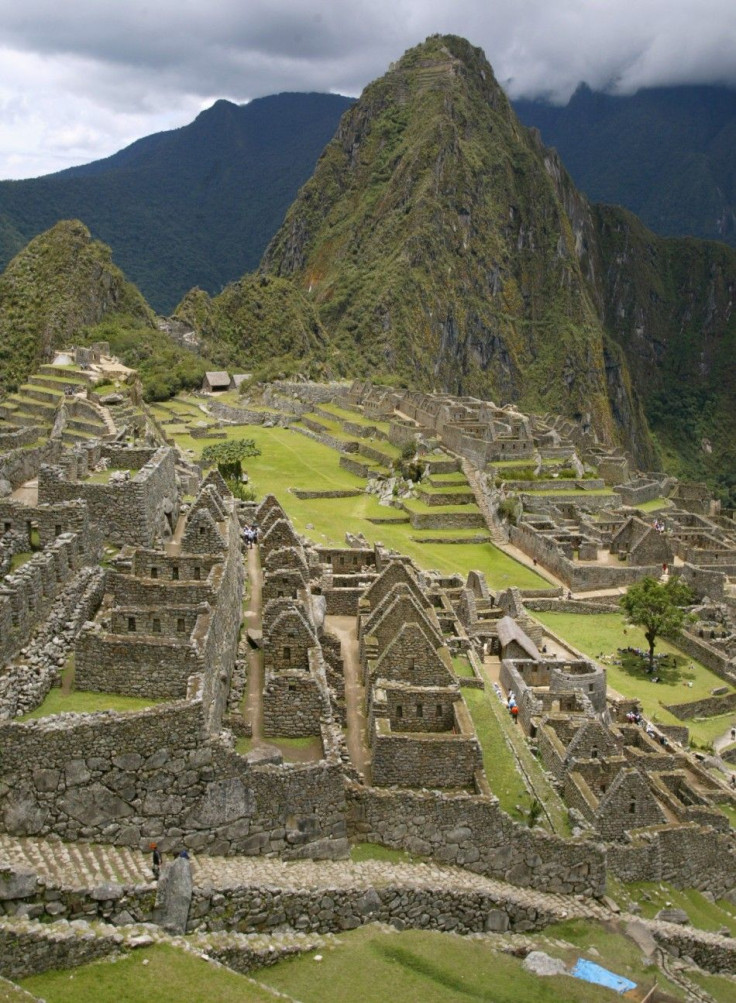Why Didn't The World End Yesterday? NASA Answers Mayan Apocalypse Questions [VIDEO]

There’s nothing people love more than a good hoax, and the Mayan apocalypse is one of the best one in years, or at least since Y2K.
Now, that’s it’s pretty clear the world isn’t going to end, considering it’s already Dec. 22, in countries such as New Zealand and Australia, the burning question on the tip of everyone’s tongue is, why didn’t the world end?
It seems like earthlings should just be happy they get to keep their planet, but our insatiable curiosity is begging for answers.
After all, how in the first place did Dec. 21, 2012 become the date that the Mayans predicted the world would end?
Since the ancient Mayans aren’t around to fill everyone in, luckily there’s NASA to break it down for us.
In a recently released video aptly titled, “Why The World Didn’t End Yesterday,” some of the world’s best scientists explain the history and science behind the Mayan calendar.
Inevitably, the video concludes that the prophecy is nothing more than a misconception.
Earth was created 5,125 years ago, according to Mayan theology.
In the Mayan system, the date would read “130000,” and on a modern calendar it would be August 11, 3114 B.C.
The doomsday prophecy comes into play because on Dec. 21, 2012 -- the date on the Mayan calendar reads “130000″ once again.
People interpreted this as meaning the world was going to end, and that the ancient Mayans had predicted it; however, NASA maintains this was not the case.
Although “130000” is a significant interval in Mayan theology, there isn’t any sort of destruction associated with the number.
To take it a step further, none of the Mayan ruins, tablets, or standing stones that were analyzed by archaeologists foretell the world as we know it ending, according to NASA.
To get even more information about the ancient Mayan prophecy, and why the world didn’t end on Dec. 21, 2012, check out the video below:
© Copyright IBTimes 2024. All rights reserved.






















